Once in a while we could think that we are a sickening society because of so many conflicts, in return conflict has made us understand as a more humane society amongst our many differences. To understand that we are part of a continued changing process in which every single critical point gives a positive outcome.
Our society
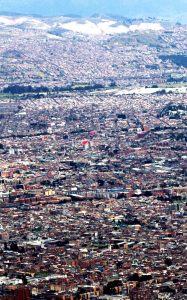
A very comprehensive society, in regards to people, of strong people but equally fragile, joyful as well as conflicted and tangled; courageous but also sensitive, sad, creative, full of qualities and flaws…. a society where each person is an infinite roll of paper and personal stories and because of that, we want to know more about others.
How ever, all f this seems to be part of an anachronistic dream, lost in the middle of incredible history fragments:
In the middle of the XXI century, after several treaties regarding the cultural and indigenous people inclusion around the world; the Colombian government ignores completely the detention in Argentina of our fellow countryman and taita Crispin Chindoy because of a alleged “illegally practicing medicine“ when he was initiating the Yagé ceremony; he was invited to this country to perform this ceremony.
A homeless man cries when he sees his picture, after years of not seeing himself, not even in the reflection of the water…
The campesinos (farmers) who own the lands in Cundinamarca, go to the mall in Guasca, showing proudly their identity and when they arrive reality crashes them, they can not enter… and all of their products that are normally showcased and sold are not there, they are rejected in the displays of this concrete space; they are judged as too craftsy, they need a health certification and.. their knowledge is not worth it.
A photographer extends his hand , smiles and talks with a persona that lives on the streets, and they answer back: “it has been a very long time since I had a conversation with a real person”.
A friend suffers a hysteria attack when in a mall in the northern part of the city, they forbid her boyfriend from the Huitoto indigenous community to enter the premises, his appearance is enough for them to reject him; no amount of convincing arguments, remembering the human rights story, the constitution….. so much theory, so much schooling and not enough implementation.
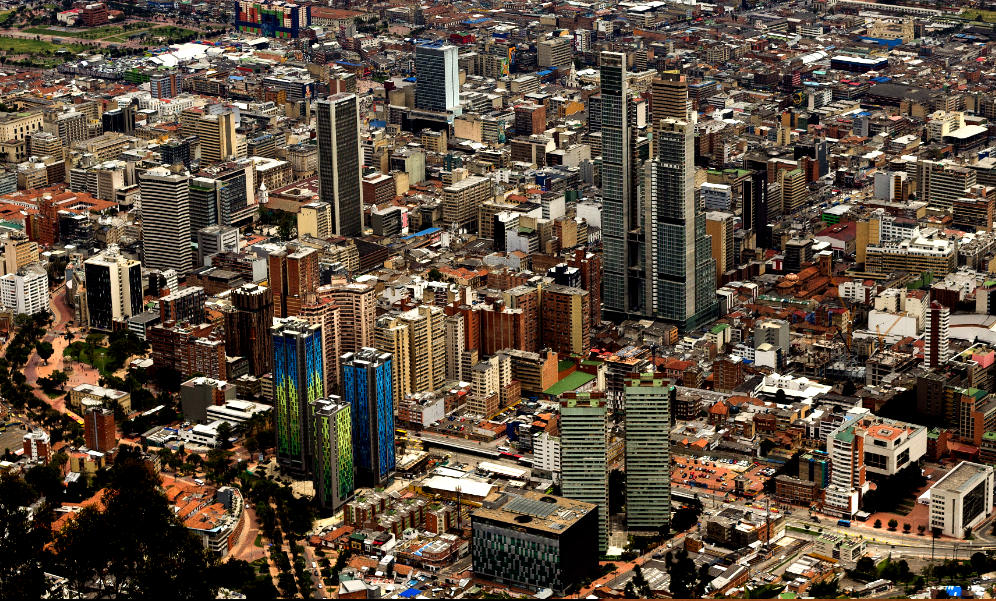
A well known caleño (from Cali – Colombia) proudly tells me that he is working as security for a bank and that he isvgoing to be successful because he is big, tall, muscular and above all: black, that scares people.
“Everyone thinks I am addicted to something, but I am not, just to cigarettes… my life was not like I pictured it”.
An anachronistic dream
An anachronistic dream, more present than past, that gets mixed up with a social inheritance, painful bits of history that seem incredible when read, but are still present.
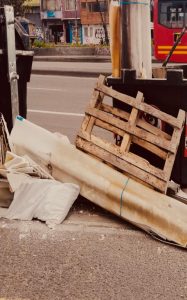
Imagining Bogota’s streets in another time, they welcomed black slaves that where not allowed in other places, the same streets that housed indigenous people that did not obey Indian/Native laws and where casted away.
“The expansion of Santafé made it necessary to include indigenous people working. The urban mita was meant to provide a strong work power. When it was abolished in 1741 by the King, less indigenous people came to the city. In the streets of Santafe you could see the “chontal” Indians who didn’t speak Spanish and were not christian; the “ladinos” Indians spoke their native language Spanish and were used as translators; those who were considered “urban” Indians were basically domestic servants for the white people. Dressed with blankets and other times wearing a ruana, they worked as water carriers or mule drivers.”Explains Vladimir Melio in his thesis about Bogota’s history as seen through its streets.
In the streets you can see how all is not what it seems, the things that people do not want to see at home, intimately, the safe and good environment vs. the dirty and bad environment of the streets.
In the street: the tram idiot, crazy Margarita, the crazy, the junkies, those are the derogatory terms used…. not only concerning them, it is also used in order to portray everything that does not seem right, like when you through away a broken chair, a machine that doesn’t work, outta here! Like the old people who find no shelter in their own house because they are of no use for their families, like the retired who lost their jobs in the 50’s.
Because just like objects, it seems as if the social security system, our societies production market acts like a company, a system that judges, accepts or rejects: that is governed by design parameters and the apt or inapt standard, producing….. Were the beautiful, harmonic, heavenly, were the “modernity” embedded esthetics have a greater possibility, were what works (in the case of people, by fashion, by the situations, by what many call as “tendencies” not only from tweeter, but what they choose to repeat like crazy), what ever is a public service or has a use of any kind is more accepted. And, currently, as most things tend to be related to media, the fifteen minutes of fame to became someone, according to this standards, is a stone cold fact.
A twisted path in history
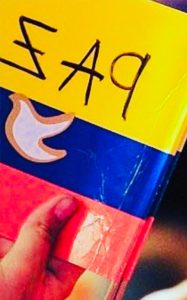
Between the history of the past and the present, waking up clear minded and watching the resistance camps that exist today, with farmers, with internally displaced people that take the streets in order to demand their rights… like the many families that did so during the Violencia, staying in a corner of the nearest park, scared to death due to the unknown city.
They grew in the streets, they sold whatever they brought from their land because they could not cultivate it. The streets, where single mothers arrived and learned “what they were really good for”, ended up working as waitresses, domestic maids, escorts, and if they had no option, as prostitutes, because their life began in the streets. In the streets, many drunks who couldn’t get home, those who cry because of a broken heart or a disappointment.
We all have made our lives in the street and it is not preposterous to think there is a generation of farmers that since La Violencia, are today the grandchildren of the street inhabitants. Given a lack of services in the rural sector, because of the oblivion, running away from pain and the threat of war.
We have all been a part of the streets
How can we deny that at one point or another we have been a part of the streets, that they are at a cross road, when they have witnessed love struck walks, they have witnessed day in and out of hawkers, the ghetto melt points and gangs, but they have also witnessed the rentner, the unemployed, sellsman and saleswomen… we have all been a part of the streets.
During the 80’s it was a typical to see all family members with go karts on the streets, stopping between neighborhoods in order to cross the city from north to south or east west, recycling when there was no company who provided this service. The chaotic cleaning companies did what they could, Bogotá was never clean and no one had a positive thought about the work many families did and even more so about the warehouses of stigmatization and the forbidden place of the city: El Cartucho.
At one point, 2600 people lived there, in a 15 block radios, as if it was a huge ghetto, almost like another town. It remained there for decades and it was invisible to those in power.
A brand new culture with codes of its own was born there, their own law, their justice, their autonomy; so bizarre that instead of approaching it and learning more about it, it was easier to cast it aside and create a macabre image, to maintain a stigmatization was preferable than to ask questions, before investigating why it existed and developed.

Amongst many reasons, we could ask all leaders about decades of city government and the casting away and invisilibilization of this place; a very important reason for this is that forgetting something us the result of something we do not want to be conscious of: truth hurts and knowing that as citizens, as a society we all grew with a bruise called El Cartucho hurts even more, a product of total apathy, indifference, inequality, of our history.
Many where stigmatized, to many, that they did not live under the right standards, cleanliness, hygiene, hard working, different than a well bread family…. our society is divided into two kinds. Was the society never divided?
What are we doing to change history?
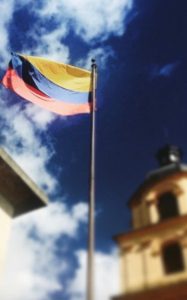
There are those who claim that society has never been divided, that the possibilities and access to the Fundamental Basic Rights have existed for everyone, that only those who live in poverty, are bums, those who do not work…..Why do we call “indio” those who scare us, why is that for us “indio” is who we call pejoratively?, and why is it the same way with the word “campeche”?
Most people do not want to be a part of those living in the streets… being on that side of a society that we have to judge, point our fingers at, blame our insecurity on, filthiness, everything bad that takes place in our society, is their fault.
The same way that we inherit fear and in many occasions our likes and dislikes, sometimes we inherit, without asking for it, a collective unconsciousness, established archetypes… and we become affected by the great wars, we cry due to atrocities and never realize that people in our street suffer day in and day out…what are we doing to change our history???


